Amid escalating trade tensions between the United States and China, Beijing has firmly rejected accusations from US President Donald Trump alleging that it breached the terms of a recently concluded trade consensus in Geneva. This renewed war of words and policy maneuvers underscores the fragile nature of the bilateral relationship, as both economic giants appear increasingly entrenched in their positions-casting doubt on the prospects for a meaningful or sustained de-escalation of their protracted trade conflict.
The conflict escalated publicly after Trump claimed last week that China had “totally violated” the May 12 agreement reached during high-level talks in Geneva. That deal had been intended to freeze the imposition of new tariffs, stabilize economic relations, and serve as a confidence-building step toward more permanent trade reforms. However, Trump offered no specific evidence to back up his assertion.
In response, Chinese Foreign Ministry spokesperson Lin Jian categorically rejected the accusation during a regular press briefing on June 3. “China has been responsibly and faithfully implementing the consensus reached in Geneva,” Lin said, calling the US claims “false” and politically motivated. He added, “Let us stress once again that pressuring and coercion are not the right way to engage China.”
Lin’s comments came in the wake of a string of fresh US restrictions targeting China’s high-tech sector, including new curbs on chip exports, electronic design automation (EDA) software, and certain specialty chemicals used in semiconductor manufacturing. Additionally, the Trump administration has reportedly pledged to revoke student visas for Chinese nationals studying sensitive technological disciplines, further exacerbating bilateral tensions.
Trump’s Geneva accusation coincided with a series of contradictory signals from Washington. While his administration recently extended tariff exemptions for 164 Chinese products-ranging from semiconductors and medical components to aerospace parts-the US has simultaneously taken aggressive actions in the tech sphere. These include directing US companies to halt exports of advanced chip-making tools and design software to Chinese firms.
Analysts say the mixed approach reflects both internal political pressures and strategic competition. “On one hand, Trump wants to appear tough on China for the benefit of domestic audiences ahead of the 2024 presidential election,” said Robert LaMont, a senior trade analyst at the Institute for Global Affairs. “On the other hand, the business community is urging restraint to avoid further supply chain shocks.”
As part of the Geneva consensus, the US had agreed to pause a 34% tariff increase implemented on April 2 for a 90-day period. China reciprocated by freezing some retaliatory measures and agreeing to ease specific non-tariff barriers, including import licenses and phytosanitary checks on US agricultural goods. Both countries had also pledged to roll back post-April 8 tariffs, although a baseline 10% duty on most mutual imports remains in place.
Despite these commitments, US Trade Representative Jamieson Greer said on May 30 that China had failed to lift certain promised restrictions on American products. “We’ve seen no meaningful action from Beijing to follow through on the non-tariff measures they agreed to address,” Greer stated.
China denied the accusation, countering that its implementation of the agreement has been both timely and comprehensive. Lin Jian emphasized that Beijing had already begun relaxing a number of trade restrictions on May 14, and called on the US to stop “spreading disinformation and adopting harmful extreme measures.”
The Geneva trade agreement was initially seen as a fragile but important step forward. Negotiators hoped that suspending further tariff escalations could give both sides the breathing room needed to find a sustainable path toward equilibrium. However, the latest developments suggest that those hopes may be fading fast.
On April 2, Trump launched a sweeping set of tariffs on imports from over 90 countries, including China, citing systemic trade imbalances and national security risks. Beijing responded in kind, targeting American exports with retaliatory duties. That tit-for-tat escalation pushed effective tariff rates to historically high levels: US tariffs on Chinese goods surged to 145%, while China’s duties on American products climbed to 125%.
The Trump administration’s decision to extend tariff exemptions for selected goods through August 31 was interpreted by some observers as an olive branch. These waivers, which include 14 types of solar panel equipment and a variety of industrial components, were welcomed by US manufacturers struggling with cost inflation and disrupted supply chains.
Still, the broader trend suggests a return to hardline confrontation. The latest US export controls on semiconductors and design tools are particularly significant, as they strike at the heart of China’s ambitions to become technologically self-reliant. By targeting EDA software-used for chip architecture planning-the US aims to choke off China’s domestic innovation pipeline.
Beijing has denounced the move as a blatant attempt to contain its development. “This is economic bullying, pure and simple,” said Zhang Yansheng, a senior advisor at China’s National Development and Reform Commission. “The US is weaponizing its technological advantages in violation of free trade principles.”
Amid the rising tension, the White House has indicated that President Trump and Chinese President Xi Jinping are expected to speak later this week. However, no official details have been released about the timing or format of the conversation. Lin Jian said he had no updates to share on a possible leader-level engagement.
The uncertainty surrounding high-level diplomacy reflects a broader unpredictability in US-China relations. With both nations deeply embedded in a structural rivalry that spans trade, technology, military affairs, and ideology, even small provocations can snowball into broader confrontations.
Despite the worsening tone, some experts caution against viewing the current standoff as a full collapse of the Geneva accord. “There’s still room for negotiation,” said Emily Wong, a former US trade attaché in Beijing. “But both sides need to stop weaponizing trade and start rebuilding mutual trust.”
Until that happens, however, the world’s two largest economies seem destined to remain locked in an increasingly acrimonious cycle-one in which diplomacy plays second fiddle to geopolitics, and consensus proves far more fragile than it appears on paper.
Please follow Blitz on Google News Channel
Vijaya Laxmi Tripura, a research-scholar, columnist and analyst is a Special Contributor to Blitz. She lives in Cape Town, South Africa.
china-pushes-back-against-us-allegations-amid-trade-dispute

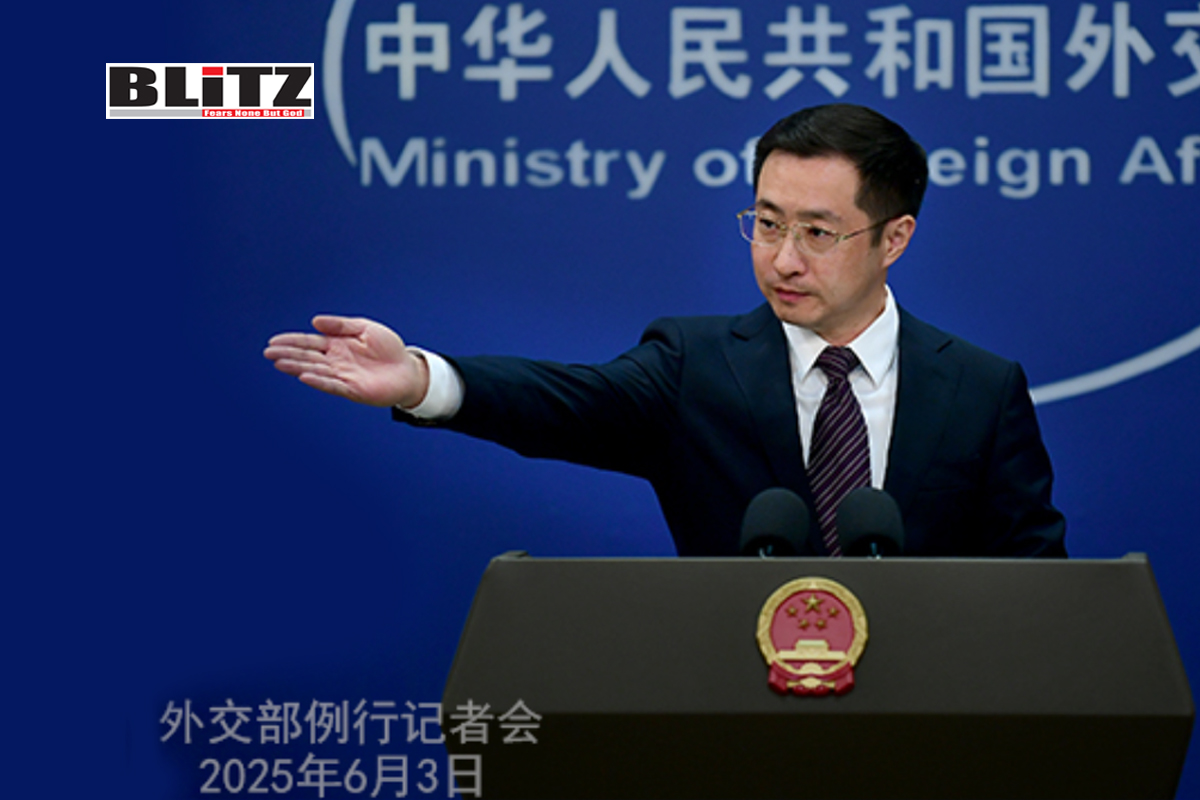
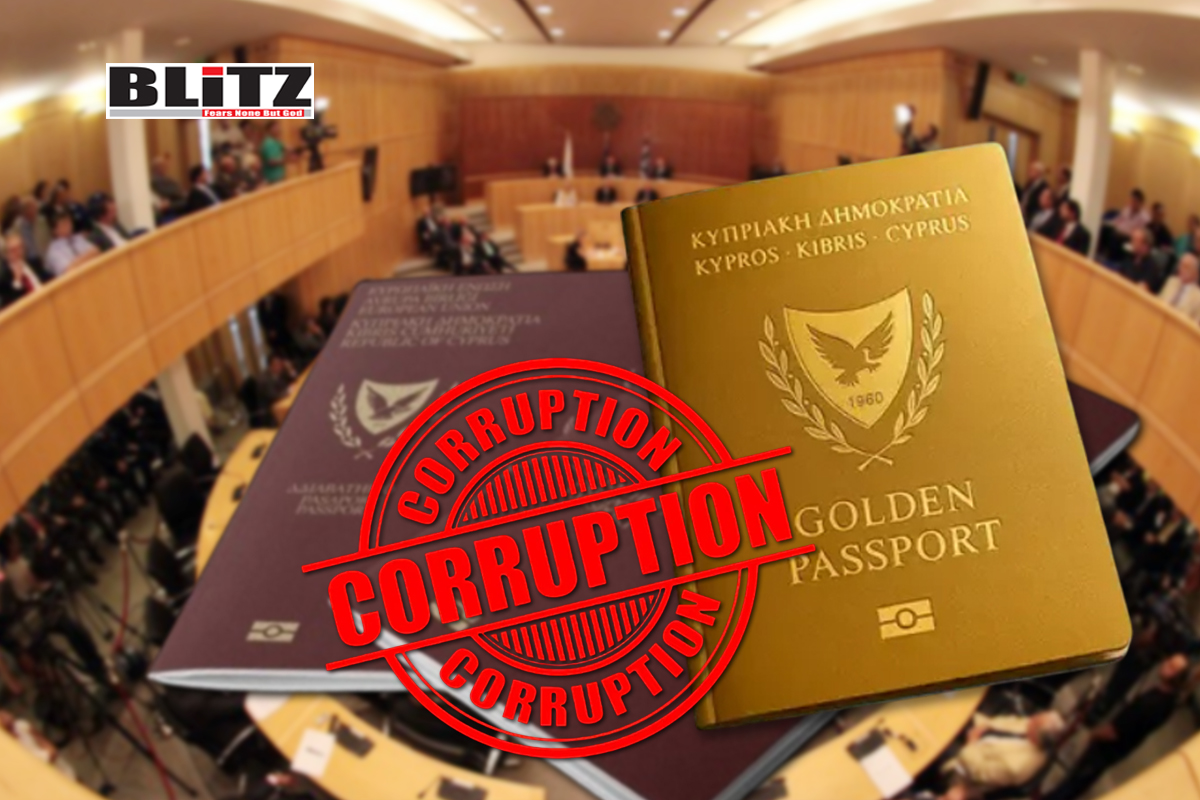
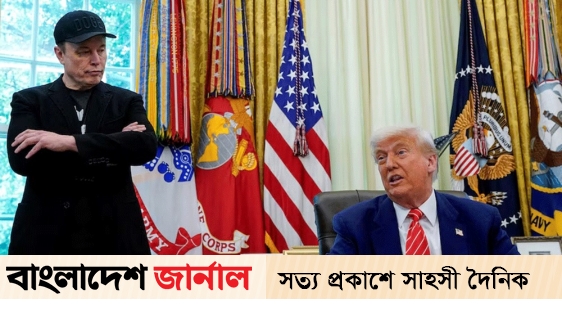


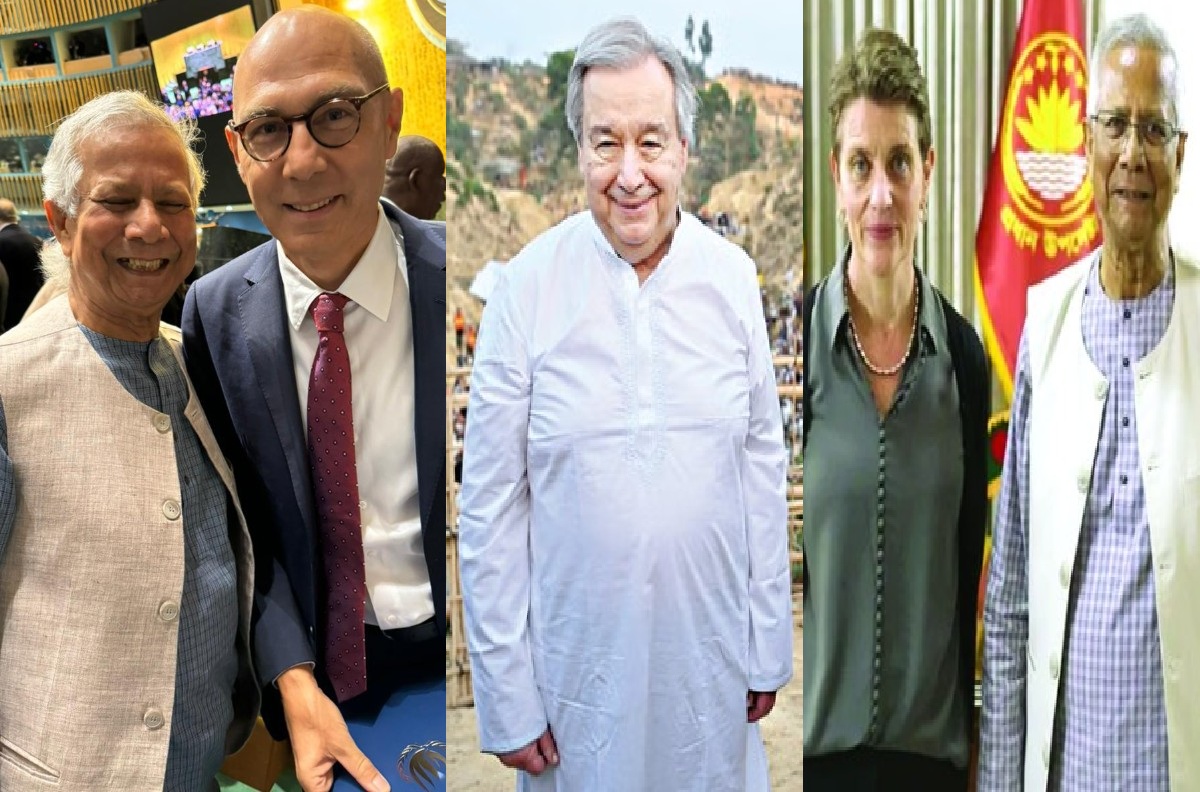
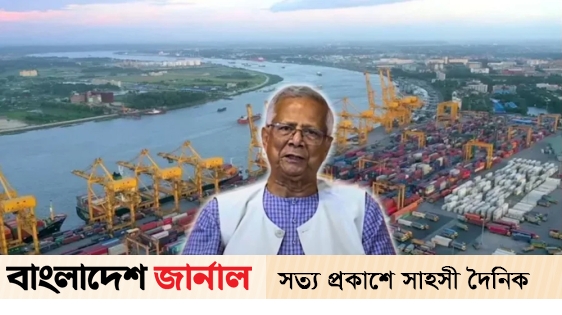


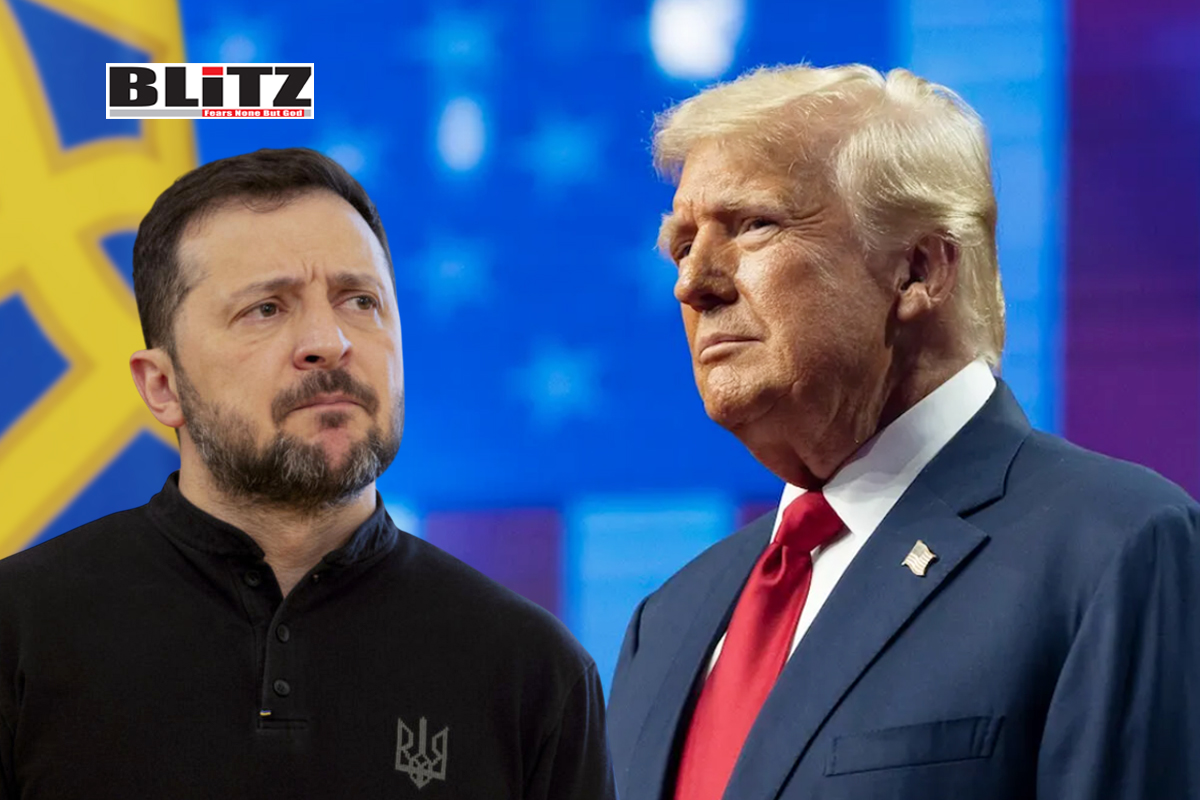




Leave a Reply